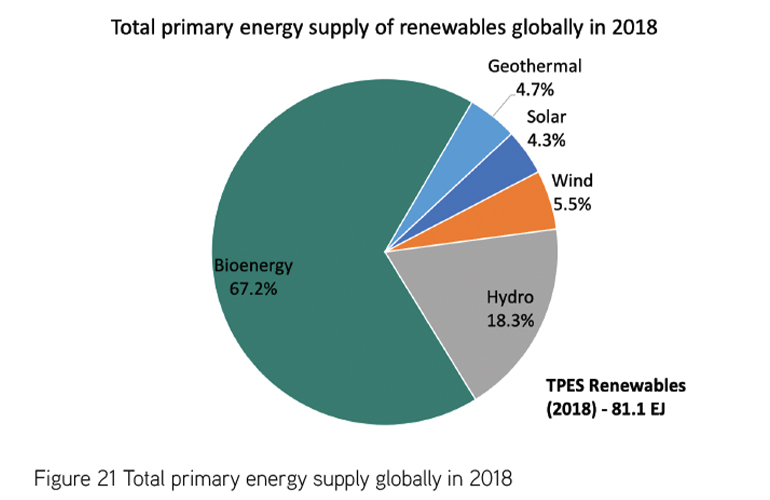What is Bioenergy?
Bioenergy is energy that is produced from biomass through a variety of processes, including combustion, gasification, and fermentation. The organic materials used to produce bioenergy can be derived from a range of sources, including wood, crop residues, animal waste, and municipal solid waste.
The Importance of Bioenergy
Bioenergy is an important component of the clean energy mix for several reasons. First, it is a renewable source of energy, which means that it is replenished naturally and can be sustainably harvested. This is in contrast to fossil fuels, which are finite resources that are becoming increasingly scarce and difficult to extract.
Second, bioenergy is a low-carbon energy source that produces significantly less greenhouse gas emissions than fossil fuels. When biomass is burned or processed to produce bioenergy, it releases carbon dioxide (CO2) into the atmosphere. However, the carbon released is offset by the carbon absorbed by the plants during their growth, making bioenergy a carbon-neutral or even carbon-negative energy source.
Third, bioenergy can help to reduce our dependence on imported fossil fuels and increase energy security. By producing energy domestically from renewable sources, we can reduce our reliance on foreign oil and gas and improve our energy independence.
Fourth, bioenergy can have economic benefits, particularly in rural areas where biomass resources are often located. Bioenergy production can create jobs, increase economic activity, and provide a new source of income for farmers and other landowners.
Challenges and Considerations
While bioenergy has many benefits, there are also some challenges and considerations to keep in mind. One of the primary challenges is ensuring that biomass is harvested sustainably and does not contribute to deforestation or other negative environmental impacts. Additionally, there are concerns about the potential competition for land and resources between bioenergy production and food production.
It is also important to ensure that bioenergy production does not have negative impacts on biodiversity, water quality, or air quality. Careful planning and management are necessary to ensure that bioenergy production is done in a sustainable and responsible manner.
Finally, it is important to consider the potential for using waste biomass as a feedstock for bioenergy production. By using waste materials such as crop residues, animal waste, and municipal solid waste, we can reduce waste disposal and provide a valuable source of energy.
Conclusion
Bioenergy is an important component of the clean energy mix, with many benefits for the environment, the economy, and society. By continuing to invest in bioenergy and other renewable energy sources, we can create a more sustainable and resilient energy system for the future. However, it is important to ensure that bioenergy production is done in a sustainable and responsible manner, with careful consideration of the potential environmental and social impacts.



